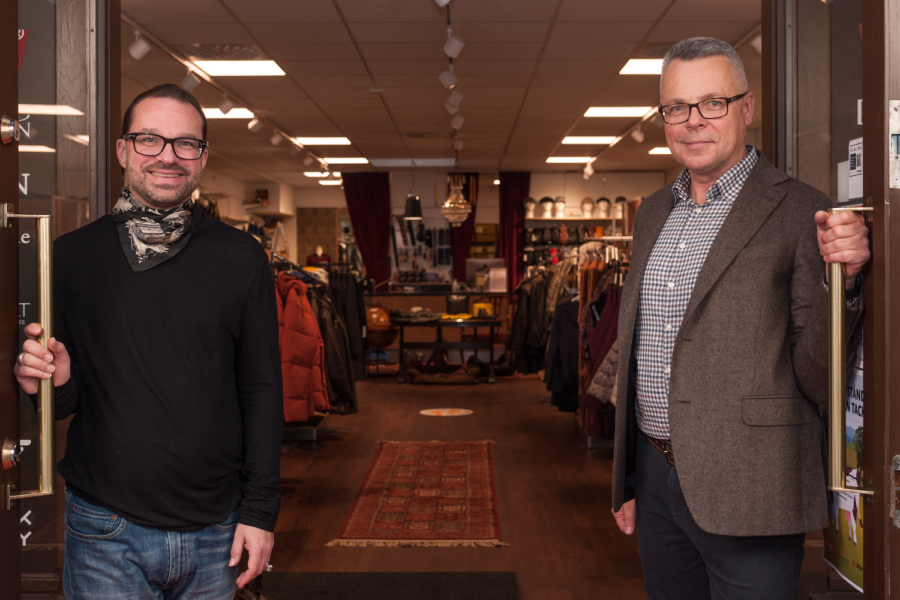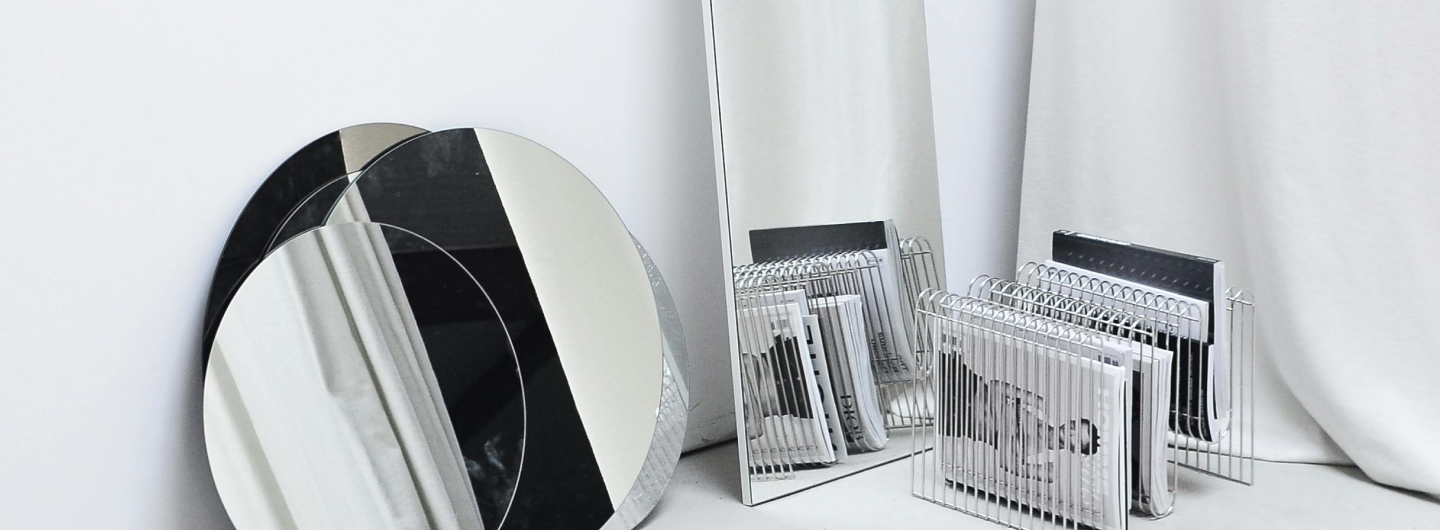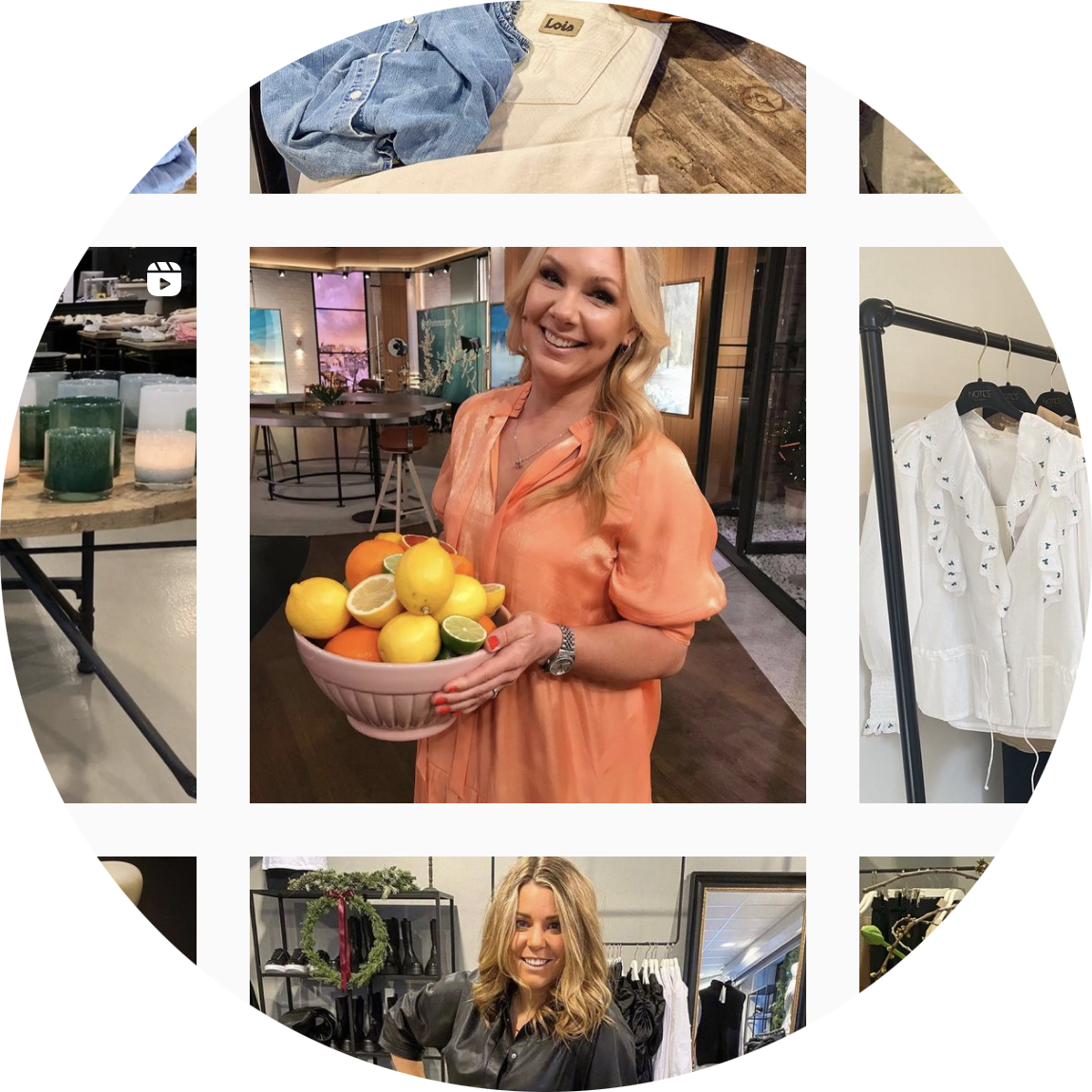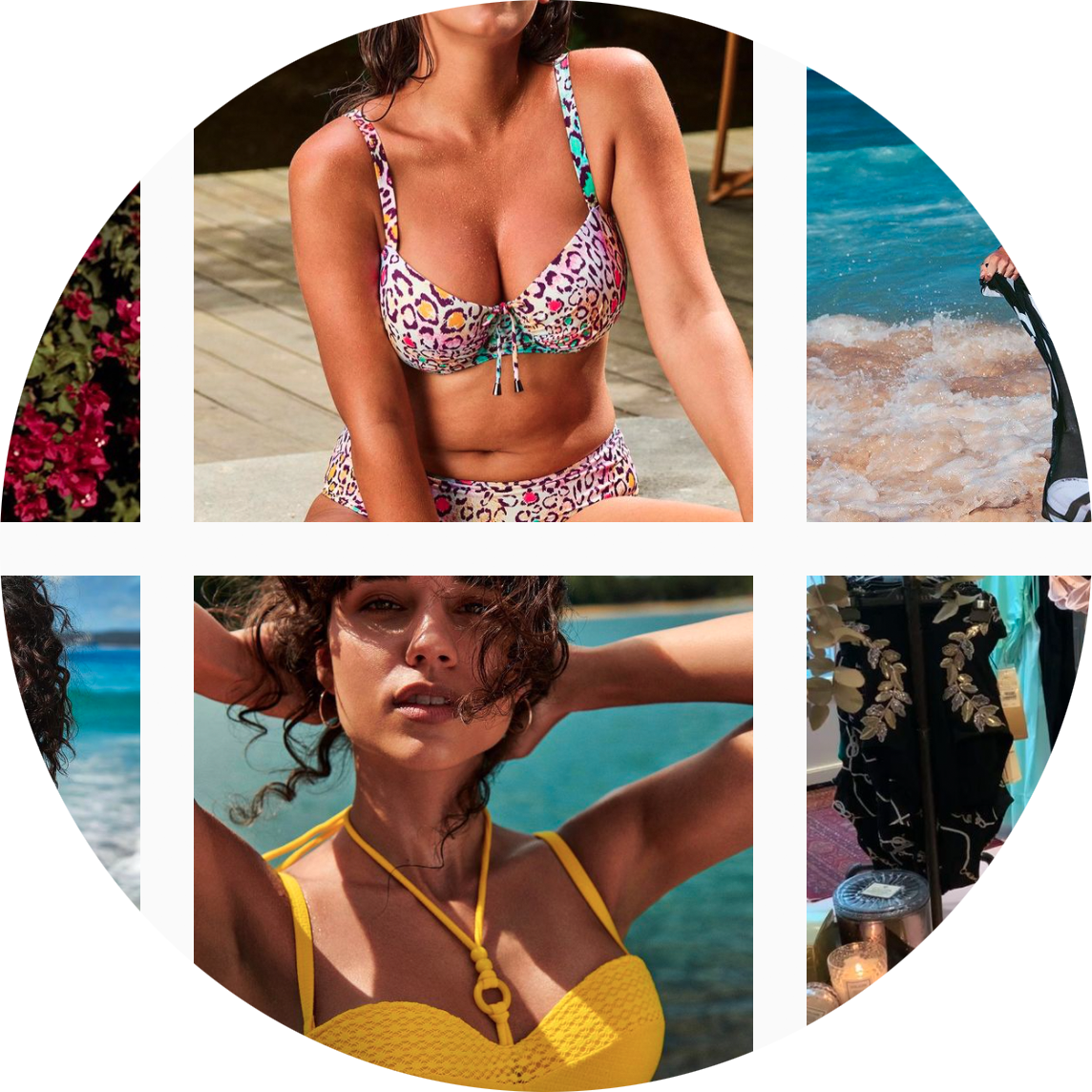
Shop of the month: Bernhards Koffert
Bernhard’s Koffert opened in Falköping in September 2013 and is run by Bernhard Sahlgren and Hans Spicar with a carefully selected range. In connection with them being presented as the store of the month, we took the opportunity to ask them some questions!
Tell us about Bernhard’s Koffert! What do you offer your customers?
“Bernhards Koffert (suitcase) is the small store with the large selection. We operate in a small town and there is no place to compete with price or volume. We do what the chains cannot, will not or may not. With well-functioning B2B on the suppliers side, we offer a large selection of products on request. To fully see the customer, to have customer knowledge and to give great treatment is a must. Time for service!”
In the store, the customer finds several different exciting brands. How do you decide which brands you bring into the store?
“When we select brands, the most important thing is that we can stand for the quality and style. We also make sure that the products are responsibly manufactured. The supplier must have a B2B system. We like to see that there is a base of core/noos products that are timeless and that the customer can wear for a long time. It may sound contradictory, but we prefer that the customer buys a garment that lasts longer than a season. We do not believe in wear and tear!”
What is the most fun thing about running a store?
“To decide for yourself and to have control over the details! We basically do everything ourselves. It is also the most difficult thing with many things to do, but you are constantly evolving. The fun thing in a small town is that there is so much sales based on relationships. If the customer has joined our customer club, their purchase history and notes about changes are saved. We get to know many of our customers and have a good idea of what they fit in and what they already have at home in the wardrobe.”
You made an exciting investment last autumn where you produced a nice printed folder that was sent personally to residents in Falköping and neighboring municipalities. Tell us how you came up with the idea and what response you got!
“We realized that many customers had given up trying to buy clothes with good quality close to home. Today, we are flooded with a noise of advertising and information in many different media, which makes it difficult to reach out. We tried to create a folder that aroused curiosity that the recipient did not automatically put in the paper recycling. The response is difficult to measure but we have seen some new faces. However, the investment is long-term. The printed folder is available at several local hotels and we also send it with some web orders. A spontaneous reaction from one of our regular customers who received the folder in the post was: I am so very proud of you!“.
What is the main challenge of running a store today and how do you overcome it?
“One of the main challenges is to keep our margins and not ‘build stocks’. Today everything is so price driven – it should be as cheap as possible. For many people, clothes have lost their value as there are promotions all the time. We have made an active decision not to participate in Black Friday and the response is incredibly positive. We rarely run campaigns and have two set sale periods per year. Discounted prices remain after the sale period and the products can be purchased at our webshop. Our big challenge is to manage our high ambitions. With a turnover of three million and two people full time, we are forced to limit ourselves. However, we have kept our turnover up during the pandemic and hope to get out of it with a little more sales and power to develop.”
What do you think the store of the future will look like?
“The store of the future is both physical and digital. The webshop functions as a digital store window for the physical store and its reach will be much larger. The webshop will also be a good landing page for marketing campaigns. Many brands have their own stores and webshops. You can not blame them for that because they need to reach out with the full concept of their brand. But if they want to reach out with a physical presence outside the big cities, another way of working is also required. In a smaller town, stores can function as showrooms and provide local service and support. Some items are in stock, others not. What the customer wants is sent directly to the customer from the brand’s warehouse or picked up by the customer in the store. With a closer cooperation between brands and stores, overproduction can be reduced and the value of the product maintained. This can mean that the stock of certain products is virtual or distributed, meaning that part of it is available at different retailers and can easily be sent between the retailers, if necessary. The solution may be that brands have their own “store-in-store” even at smaller stores. The warehouse can be owned by the brand. If the small store can avoid stock costs and extensive sales, the margin does not have to be 2.5-3.
For the smaller store, fully integrated systems are needed for store cash, web, warehouse, ordering system, customer club, economy, etc. This is still difficult to find on the Swedish market at a cost that the independent smaller store can handle.”




